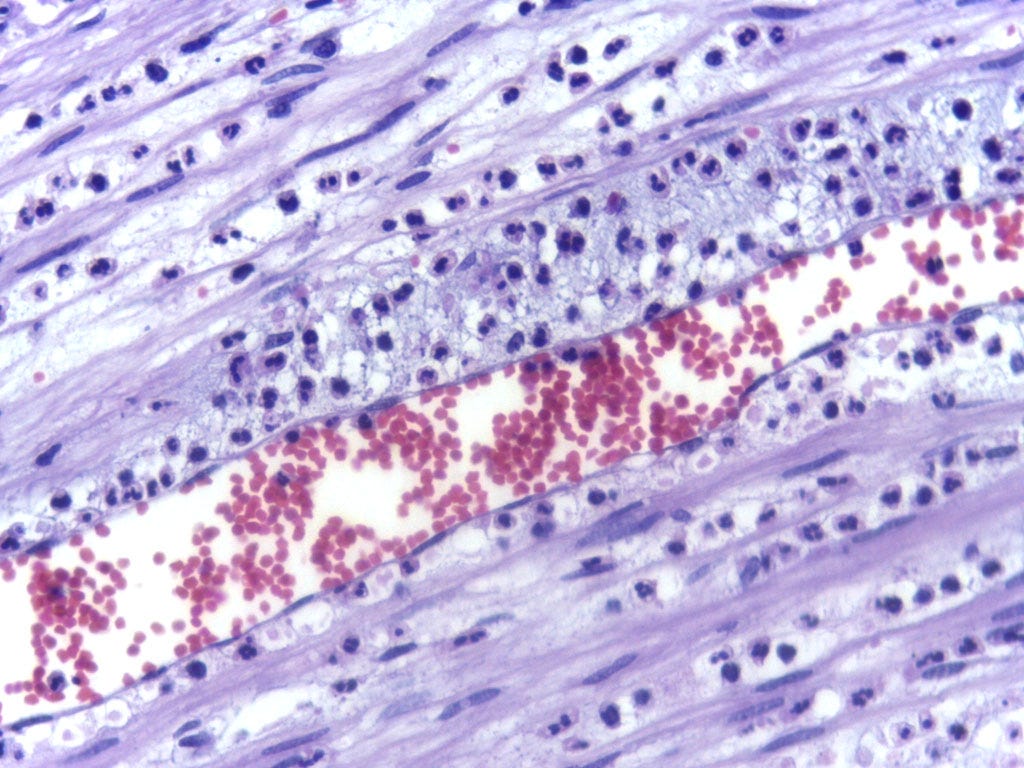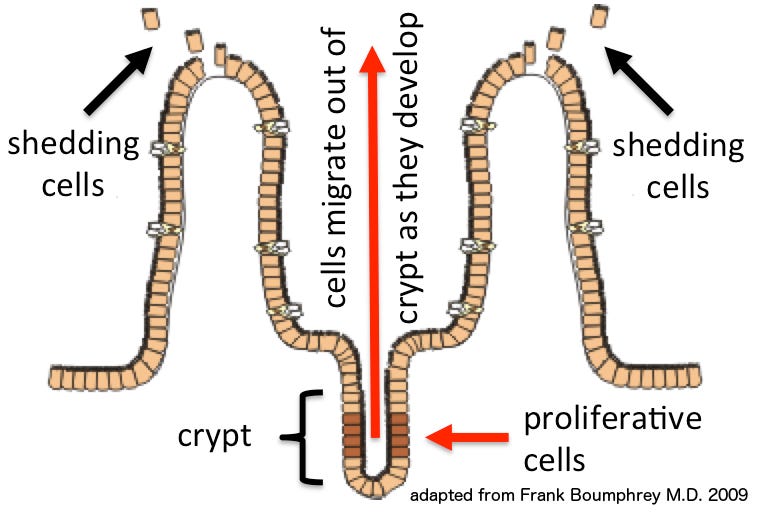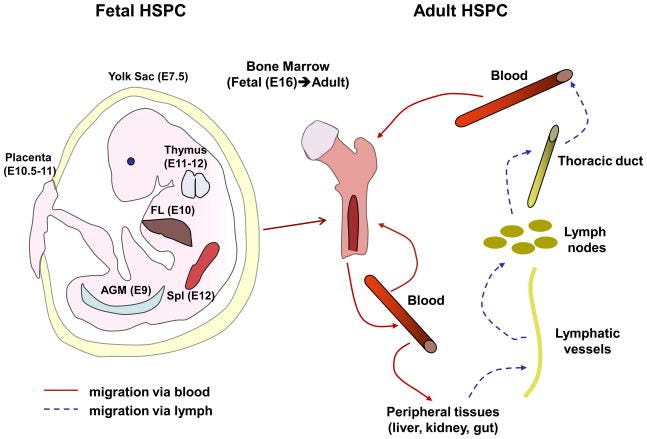Cell migration in children and adults (how metastases arise, part 3b-1b)
31 October 2023
It is important to understand physiologic (normal) cell migration because this process is hijacked by metastatic cancer cells. See also Cell migration in the embryo and fetus.
These cells normally migrate in children and adults:
Sperm cells, after sex, migrate from the vagina to the cervix, uterus and fallopian tubes via a flagella or tail, aided by various factors in the cervix and uterus. Sperm cannot divide and have a limited lifespan. They are incapable of becoming malignant. Note that spermatocytic tumors arise from testicular cells that produce sperm, not from sperm itself.
Human sperm under the microscope

White blood cells migrate for wound healing and as part of the immune response to patrol the body and attempt to destroy any microorganisms.


Mesenchymal stem cell migration is important in bone formation and bone fracture healing. These stem cells migrate to the bone surface and participate in bone formation, although this is not completely understood.
In adults, epithelial cells migrate during wound healing and to replace fragile structures that are prone to rapidly disintegrate; old or damaged cells are replaced by newly formed cells from underlying tissue layers (MB Info).
In the small intestine, epithelial cells near the base of the villi proliferate and move toward the top of the villi.
Epithelial cell migration may occur through epithelial-mesenchymal transition (EMT), in which epithelial cells change their properties to resemble spindle cells, or independently of EMT.
Epithelial-Mesenchymal Transition (EMT)
Finally, adult hematopoietic stem cells (HSPC) migrate from the bone marrow into blood vessels and then back to the marrow. This produces red blood cells, white blood cells and platelets.
Future essays will discuss how these normal mechanisms of cell migration in the embryo, fetus, children and adults are hijacked by cancer cells.
If you like these free essays, please share them with others.
Follow me on Substack or LinkedIn or through our Curing Cancer Newsletter (all are free).
Follow our Curing Cancer Network on LinkedIn and Twitter. Each week we post interesting images of cancer diagnoses.
Latest versions of these cancer documents:
American Code Against Cancer (how you can prevent cancer)
Email me at Nat@PathologyOutlines.com - Unfortunately, I cannot provide medical advice.
I also publish Notes at https://substack.com/note. Subscribers will automatically see my notes.
Other social media - Tribel: @nat385440b, Threads: npernickmich






